
One of the strongest focuses of the Halo franchise is a depiction of war, the casualties and costs that come with a tense fight for survival brutally laid bare. Yet, somehow, it never exhibited its full potential when playing as the Master Chief. The scale and impact of your victories as a Spartan seemed to far outweigh the taxing defeats humanity suffered battle after battle. The smoldering remnants of New Mombasa and the sieged Orbital Defense Platforms and frigates never felt tangible, and even as countless marines died around you, the tone never quite clicked like Bungie intended it to.
On September 22nd, 2009, Halo took a massive leap of faith in a title that strapped you into the suit of an average soldier and stranded you in those same decaying New Mombasa streets. Your squad was gone, your species was gone, and you were alone on a frigid, drizzling night. Finally, the gripping reality of the Human-Covenant War could be felt by the player, as with nothing left, you needed to find a way to persevere. At the dawn of modern military shooters and a slowly fading interest in sci-fi, Halo 3: ODST managed to leave a resonating mark on the industry. We’re still navigating those shadowy, somber boulevards and roadways eight years later.
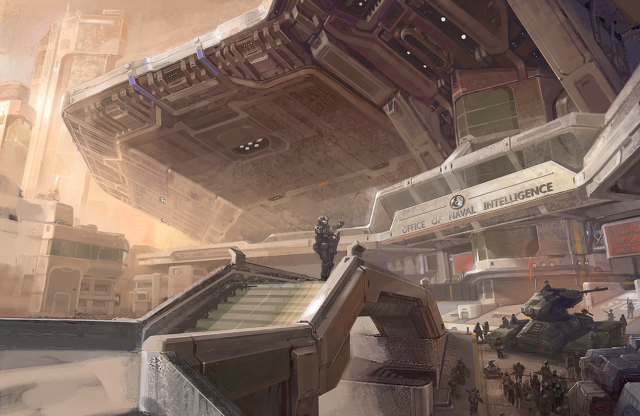
Halo 3: ODST is not without its glaring faults, leftover issues from a confusing development cycle lingering in an otherwise masterful final product. A sizeable amount of information on the game’s creation has been left in the dark, theories and speculation lying the pathway on the strenuous march back to understand the game’s development process. What is concrete is that Halo 3: ODST began as Halo 3: Recon, and was originally intended to be a downloadable expansion for Halo 3. Without delving too far down the rabbit hole, it’s clear that Halo 3: ODST, while a labour of love and passion, was far from a smooth journey, finished in an astonishing fourteen months. It lacked some of the shine and shimmer that a mainline Halo game exhibited, and perhaps that’s what defined it.
The intentions of releasing Halo 3: ODST as an expansion are common knowledge and very visible in the game, but at first, they don’t really detract from the quality of the content presented. It wouldn’t be fair to judge Halo 3: ODST from the perspective of 2017, with the rate of technological advancement and progression of gaming culture. Whilst some aspects of the game have remained timeless, others are painfully dated, such as the considerably small “open-world” and the lack of real sandbox improvements. All of the critiques behind Halo 3: ODST that have begun to bubble to the surface in the years that followed its release can all trace back to a rushed development cycle and a dated engine. But that is in spite of the heart and soul which has inspired this title to develop an immense cult following in these past eight years.
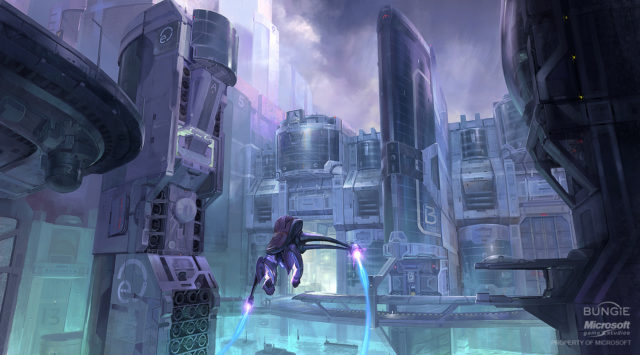
It is incredibly rare for a title’s story to develop even more meaning as time goes on, but due to Halo’s constantly criss-crossing universe and rich lore, the story of ODST is considerably more investing now than it was in 2009. Alan Tudyk, Adam Baldwin, and Nathan Fillion of Firefly fame make their debut along with Tricia Helfer and Nolan North to step into the boots of Alpha-Nine, a ragtag team of Orbital Drop Shock Troopers. The player steps into the shoes of silent protagonist The Rookie, viewing the narrative through his visor. The introductory premise is simple enough, a mission gone wrong stranding you in the middle of the already lost New Mombasa, with your goal being to regroup with the rest of your squad, but the game chooses to tell its story of hardship and conflict in a wholly unique way.
As the player uncovers evidence of the previous conflicts squad members were a part of, a greater character narrative unfolds. The main protagonist becomes the city itself. Enchanting vistas of empty plazas and streets, burning cars, and lingering vestiges of civilization like ringing telephone booths imprint an image of casualty in the audience’s mind. The collectible Sadie’s Story audio logs further the impact of the striking imagery by revealing the events leading up to New Mombasa’s downfall, and Halo 3: ODST hones in on its main theme: memory. The entire game is about remembering, whether it be remembering the bustling past of the city, your squad leader remembering the tolls of war as it nears its close, or the player remembering what it felt like to land on a Halo ring for the first time and walk defiantly into the unknown.
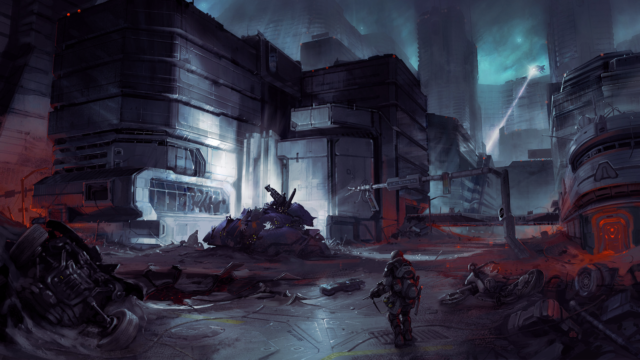
One of the stand-out parts of Halo 3: ODST is the excellent sound design and rattling plot devices working hand-in-hand. The lingering feeling of constant victory when playing as the Master Chief is gone because Halo 3: ODST purposefully takes it away. Listen closely to the atmosphere of Halo 3: ODST, the dreary, somber jazz played in tune with muffled chirps and often mortifying silence. Halo 3: ODST’s visual imagery works because it doesn’t bombard you with images of endless corpses or haphazard gore, gratifying a desire to see defeat, because the lifeless city streets whisper enough. New Mombasa feels once inhabited, which makes the sting of pure loneliness even more effective when there’s not a single remnant of Human life left. It’s important to remember that Halo 3: ODST doesn’t end with a Covenant or UNSC victory, because by its closing shot, the player knows that no one walked away victorious. That’s why it works so well.
On March 2nd, 2015, Halo: New Blood found its way onto store shelves, chronicling the future of Alpha-Nine, and in particular, the squad’s standout leader, Edward Buck. Halo 3: ODST has certainly aged in some areas, but when you examine the story, it has only gotten better since New Blood, because Alpha-Nine has been so well realized in both separate accounts. The actors succeed at bringing the ODSTs to life and reading New Blood bonds you right alongside them in every situation. The story is a reminder that the war kept going, and that no member was left the same, psychologically and physically, after it. New Blood’s ending is depressingly gratifying leading into Halo 5: Guardians, feeling like a definitive conclusion to the character arcs started all those years ago. Halo 3: ODST and Halo: New Blood share a similar success story as well as common characters, managing to shed light on the individual stories of the marines that died by the Master Chief’s side for his victory.
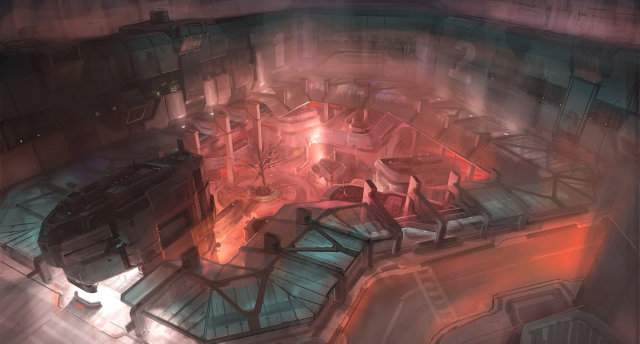
It’s a testament to the passion and hard work that went into crafting Halo 3: ODST that people are still discussing it a full eight years later. We’re still wandering the streets as The Rookie, navigating the dark, and pondering when this hell of a night will finally end. As you trot through the New Mombasa alleyways in Halo 2, you’ll always stop and wonder how many people had to die for you to take those steps.
 We’re finally getting back into the novels of the Halo franchise. Jumping in with a light read, today we take a look at the Joseph Staten novel, Shadow of Intent. The book takes place after the events of Halo 3 telling the story of a Prelate’s search for revenge against Rtas ‘Vadum, the Half-Jaw from Halo 2 and 3. The story stems from the floods’ infection of High Charity and the Prelate allies with a prophet whose plan for helping the Prelate goes far beyond revenge against one Sangheili.
We’re finally getting back into the novels of the Halo franchise. Jumping in with a light read, today we take a look at the Joseph Staten novel, Shadow of Intent. The book takes place after the events of Halo 3 telling the story of a Prelate’s search for revenge against Rtas ‘Vadum, the Half-Jaw from Halo 2 and 3. The story stems from the floods’ infection of High Charity and the Prelate allies with a prophet whose plan for helping the Prelate goes far beyond revenge against one Sangheili.


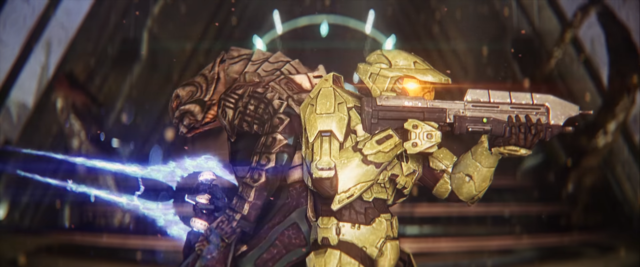
 Halo 5: Guardians has been out for almost two years now and it’s had a few major and minor tweaks over its lifespan. 343 is now testing a few other changes in the wild to make some weapons and power-ups more effective and adjust to their desired role in the game to create a better sandbox experience. For this show, we try to interpret some of the vague descriptions and our opinions on the coming changes. The changes seem to be more of a nerf in performance to withhold some of the undesired effectiveness of the weapons being tested, but they’re giving us a chance to test out the changes and gather valuable community feedback via matchmaking. Through October 2nd, the Weapon Tuning Test playlist will feature these weapons before they are pulled for final review and pushed later this November with the 4K update.
Halo 5: Guardians has been out for almost two years now and it’s had a few major and minor tweaks over its lifespan. 343 is now testing a few other changes in the wild to make some weapons and power-ups more effective and adjust to their desired role in the game to create a better sandbox experience. For this show, we try to interpret some of the vague descriptions and our opinions on the coming changes. The changes seem to be more of a nerf in performance to withhold some of the undesired effectiveness of the weapons being tested, but they’re giving us a chance to test out the changes and gather valuable community feedback via matchmaking. Through October 2nd, the Weapon Tuning Test playlist will feature these weapons before they are pulled for final review and pushed later this November with the 4K update.




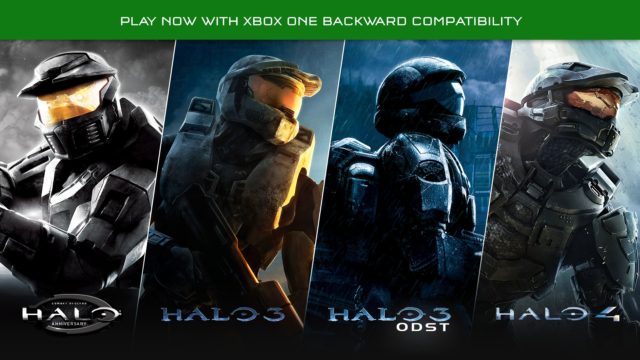
 It’s no surprise that every year, many people from the Halo community flock to Seattle to attend Pax West in the backyard of 343 Industries, who produces the Halo games, but what constantly brings us back? For many attendees of the expo, it’s a chance to learn about or play the latest in games, whether tabletop or video game related, but this year, there was no Halo presence at the convention, which begs the question: why are we here? 343 does throw a nice community day for some of the fortunate who have made their way out to Seattle, but the biggest attraction has to be the ability to find other Halo fans who are just as passionate about the franchise as we are. Even though Halo Fest only happened once (not counting MCC launch), Pax has always felt like a Halo family reunion to many that attend, and it is this reason that we keep coming back. As new faces join every year, we stopped to reflect on the state of the Halo community and came to an epiphany that, we would not all be here and the Halo community would not exist if it weren’t for the efforts of THE cornerstone of the community:
It’s no surprise that every year, many people from the Halo community flock to Seattle to attend Pax West in the backyard of 343 Industries, who produces the Halo games, but what constantly brings us back? For many attendees of the expo, it’s a chance to learn about or play the latest in games, whether tabletop or video game related, but this year, there was no Halo presence at the convention, which begs the question: why are we here? 343 does throw a nice community day for some of the fortunate who have made their way out to Seattle, but the biggest attraction has to be the ability to find other Halo fans who are just as passionate about the franchise as we are. Even though Halo Fest only happened once (not counting MCC launch), Pax has always felt like a Halo family reunion to many that attend, and it is this reason that we keep coming back. As new faces join every year, we stopped to reflect on the state of the Halo community and came to an epiphany that, we would not all be here and the Halo community would not exist if it weren’t for the efforts of THE cornerstone of the community: 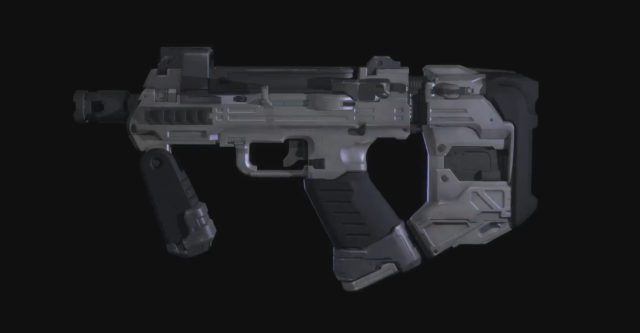
 iTunes
iTunes Zune
Zune RSS
RSS Facebook
Facebook Twitter
Twitter Twitch
Twitch